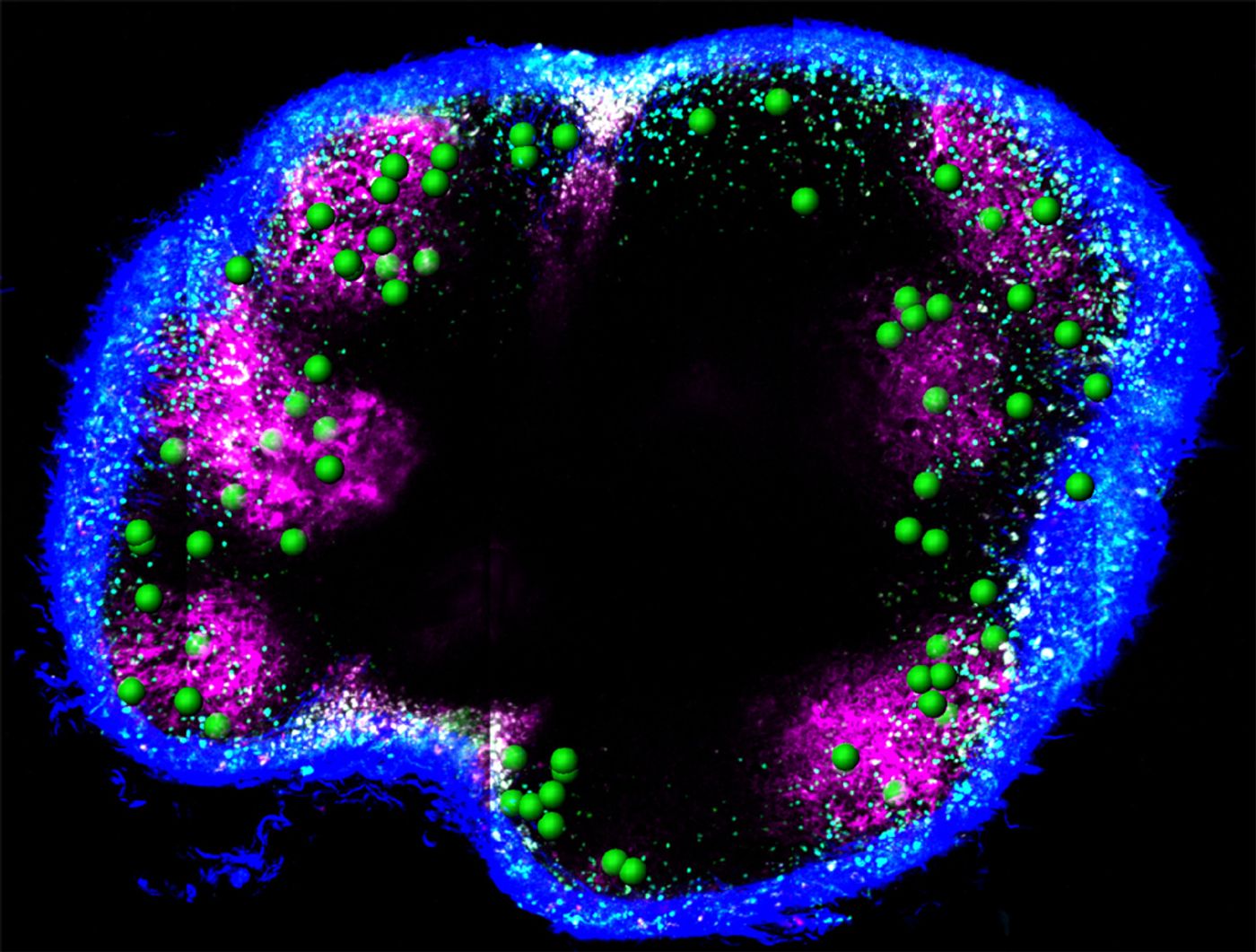If you thought finding a needle in a haystack was hard, try maneuvering a T lymphocyte through the “three-dimensional meshwork” that makes up the lymph node. These immune cells must be able to navigate through the nodes, and until now the mechanism that helped them do so was a mystery.
Scientists from Osaka University have published a study in
eLife that describes the discovery of lipid mechanism that helps T cell patrol the lymph nodes with speed and efficiency. The lipid, called lysophosphatidic acid (LPA), is produced by an enzyme called autotaxin that comes from fibroblastic reticular cells (FRC), which are a type of stromal cells in the lymph nodes.

Researchers describe a “scaffold” that FRCs create, which pairs with autotaxin-enabled T cells to make the lymphocytes “extremely motile.” This is beneficial for human health and disease prevention because the faster and more efficiently T cells can navigate through the lymph node, the more successful they will be at encountering antigen-presenting dendritic cells with signals to attack an invading pathogen.
When LPA is produced by autotaxin, the lipid then binds to a receptor called LPA2 in order to provide T cells with efficiency and speed. T cells can detect the presence of LPA as they journey through narrow spaces in the lymph nodes. Thanks to autotaxin enzymes, T cells can travel at a speed of about 10-15 micrometers per minute. This may not sound like much of a feat, but the cells themselves are usually only about 7 micrometers in diameter (
Cellular and Molecular Immunology).
In the
eLife study, when cells’ LPA-producing tissue was removed, T cells within the lymph node struggled to perform as well as those in control mice with active LPA. The same result was seen for mice lacking the receptor LPA2.
Cabbage and soybeans are dense with LPA precursors, and LPA can be found as a key ingredient in a few herbal medicines. Continued studies of this lipid could build on its current potential for contributing to strategic development of new ways to control the immune response.
Source:
Osaka University










